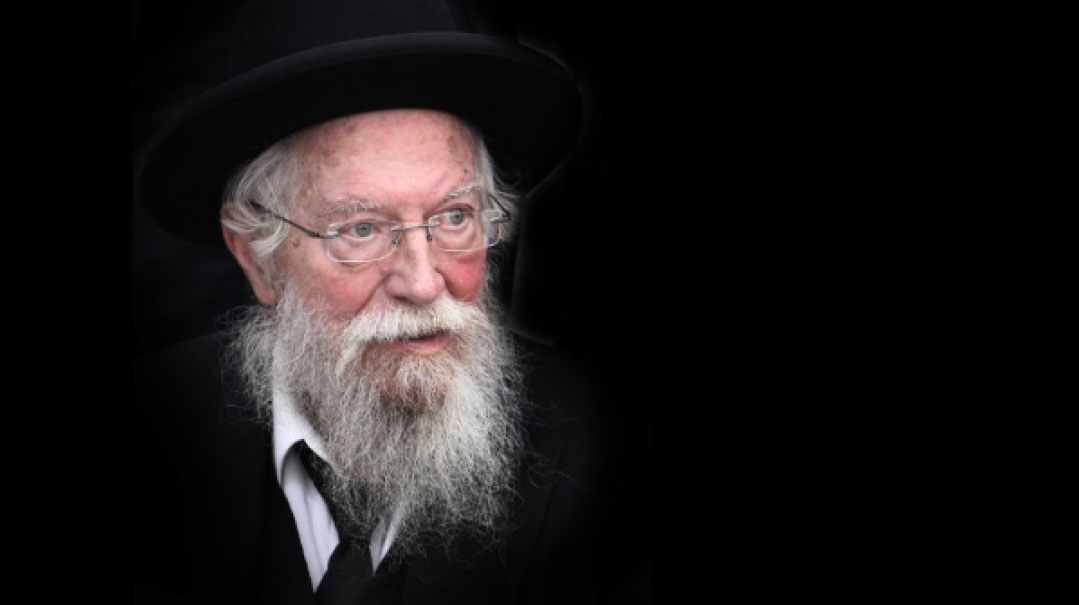No Pretenses, No Barriers
| September 23, 2020Rav Zalman Nechemia Goldberg’s halachic mastery crossed every divide

The shivah house for Rav Zalman Nechemiah Goldberg saw a full spectrum of visitors, the chassidic rebbe with three escorts mingling with the Sephardic dayan, the litvishe rosh yeshivah and the rav of a moshav with a knitted yarmulke crowding in alongside the men in striped Yerushalmi caftans and the professor with a cap and notebook. The crowd was heterogeneous, but so appropriate; it was simply a reflection of how Rav Zalman Nechemiah lived.
Over the past few decades, the heaviest halachic questions were addressed in this small dining room. Dayanim, rebbes, rabbanim from all sectors. Doctors — they all came. There were never gabbaim or attendants here. Anyone with a query just knocked at the door, presented the question, and got an answer — delivered with an unforgettable smile.
He walked alone in the street, without escorts or drivers. He gave thousands of shiurim, traveling anywhere he was asked to go, by bus. Sometimes he’d even stand next to the driver to make sure that no one would get up to offer him a seat — even not the in last year of his life.
Rav Zalman Nechemiah Goldberg, who passed away a few weeks ago, left behind a generation wondering who they would turn to for psak. His sons, Reb Aharon, Reb Chaim, and Reb Eliyahu share memories of their esteemed father with Mispacha.
Flight to Freedom
Rav Zalman Nechemiah Goldberg was born eighty-nine years ago, in the city of Minsk, Russia (today Belarus) in 5691. Russia in the 1930s wasn’t an easy place for a Torah observant Jew, and the Communist government had outlawed mitzvah observance, including bris milah. But Rav Zalman Nechemiah’s father, Rav Avraham Goldberg, a rosh yeshivah and prominent figure in the Jewish community, had no intention of capitulating. The night before the bris was to take place, he smuggled his son out of the hospital, and the next day, in a dangerous, clandestine operation, the child was brought into the covenant with a minyan present.
But in KGB Russia, there were no secrets. Already the next day, the young father was arrested, and accused of establishing a yeshivah and learning Torah. Reb Avraham knew he might never leave prison, but what was worrying him was the future of his young son. He sent a letter from his cell to one of the rabbanim in the city, Rav Eizik Rabinowitz, asking, “Make sure my son receives the right chinuch.”
Miraculously, Reb Avraham was released after nine months, and the family obtained transit visas to Latvia. There, Reb Avraham Goldberg was appointed rav of the city of Riga, where they lived for two years. Young Zalman Nechemiah had one unusual memory that remained with him from these two years for the rest of his life: the learning tune of the famed Rogatchover Gaon. He lived in Dvinsk but had come to Riga for a period of time. Rav Zalman Nechemiah never forgot it. “Do you know where the Rogatchover spent his vacation? He sat in the beis medrash. People from all over the city came to the shul just to see him learn.”
Oops! We could not locate your form.













